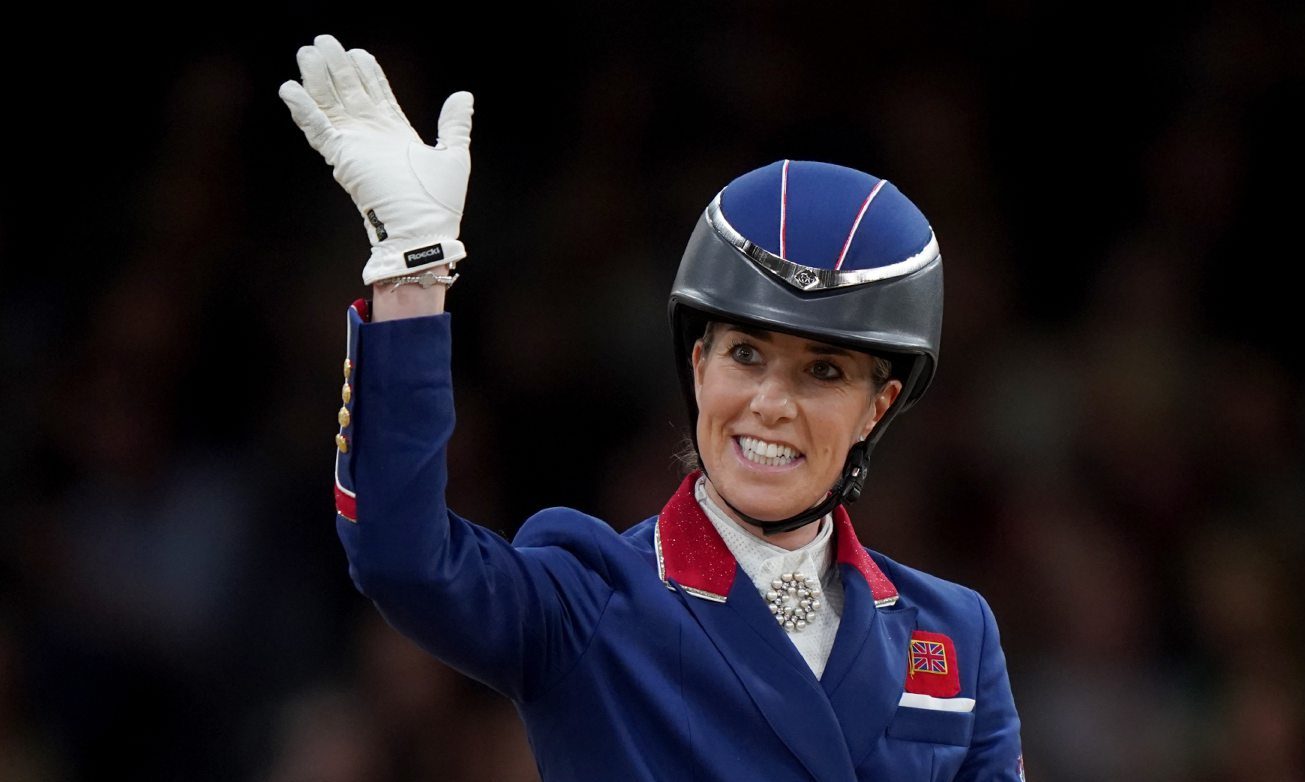For these miserable times, an amusing diversion. Who are the great Scots?
The Pantheon in Paris is dedicated to honouring the greatest French citizens. It is where the most accomplished scientists, writers and thinkers are buried.
Voltaire, Hugo, Zola and many others. They achieved marvellous things and the nation honours them in eternity.
In England, the rough equivalent would be Westminster Abbey where monarchs lie beside poets and physicists.
Scotland has no real equivalent. Edinburgh Castle keeps the death roll of our fallen soldiers, but our great men and women have no single building to honour them.
So dear reader, I suggest we change this. The idea is that there would be a single place or building, freely accessible to everyone, where a short walk would reveal all the truly inspirational people from this land.
Clearly we don’t want to go digging up remains and moving them about. Our Pantheon of great Scots can be a place which records the name and achievement, if it doesn’t have to have the ashes.
The aim is to celebrate our contribution to the world while providing a focus for legitimate national pride. Schoolchildren will make annual trips, tourists will wander round, and nobody will ever again be allowed to say James Clerk Maxwell is “forgotten” or “little known”.
There are two questions we face – what is greatness, and who is a Scot?
Every winner of a Nobel prize is great, so they get into the Pantheon. Enduringly successful writers are surely included, and the geniuses of the Enlightenment are ushered straight to the top of the top of the list.
But what of those who just missed the Nobel, or whose research is only just reappraised? Our greatest ever physicist, James Clerk Maxwell, never won the award. In contrast, someone like Hugh Miller was too diverse in his interests, for the discipline of academic prizes, but the Cromarty genius should surely be in the Pantheon.
Not that the Pantheon is just for scientists. Of the writers, Burns, Scott and Stevenson get a straight pass in. Deserved, but an easy decision to make. Harder are those more awkward authors, such as Alexander Trocchi or Irvine Welsh.
There’s a view of Scottish painting that it has never produced a great artist. We like Ramsey and Raeburn, but are they good enough for greatness? Or is the Pantheon in part a place for the best we have produced so far?
One problem is already emerging – the bias towards men. Historically, culturally, men win the prizes. If that is replicated in the Pantheon, it will have failed. Readers, I need your help in assembling the female candidates, rediscovering the genius so often neglected by history.
Greatness is hard to define. So is Scottishness. Alexander Graham Bell invented the telephone, and we confidently claim him as one of ours. Yet he emigrated to the USA and lived in Canada at the time of his death.
A similar example is Ernest Rutherford. The father of nuclear physics, he was the son a Perthshire farmer. Mind you, his mum was from England, and he was born in New Zealand, but then settled back in England. Yet the surname Rutherford insists he’s really a Scot, no?
We needn’t fret too much about the blurred lines of identity. It applies to all such national lists of the great and the good. You could argue it is a particularly Scottish thing, because of our restless history.
We will need a selection committee of wise people to take a more democratic view of what is greatness. And the same people can take a reasonable view of what is Scottish.
The next question is what form does our Pantheon take. It could be a building, but then it might too easily acquire the must and dreariness of a museum.
Edinburgh has plenty of grand buildings telling the tales of accomplished Scots, but none thrill.
When confronted with greatness you want to feel awe and excitement. To that end, we’d be better having the Pantheon outdoors.
I imagine a field of magnificent standing stones, maybe each five metres high, echoing the beauty of Callanish on Lewis. On to each stone is carved an image and a description of one person of greatness.
An ideal location would be Holyrood Park. Close to the seat of government, at the heart of the capital, open to all. A memorial neither morbid nor dour.
And among those stones could be monuments not just to individuals, but to the groups who made Scotland great. Founded in 1913, the Highlands and Islands Medical Service was a state-funded health provider covering nearly half the country.
It was the first working model of what would become the NHS. Born in Scotland, by great Scots. Just as we are cared for now by good people in the NHS and elsewhere, keeping this nation going.
And at the centre of our Pantheon, a taller stone than any other, to the greatness of public service for its own sake.




